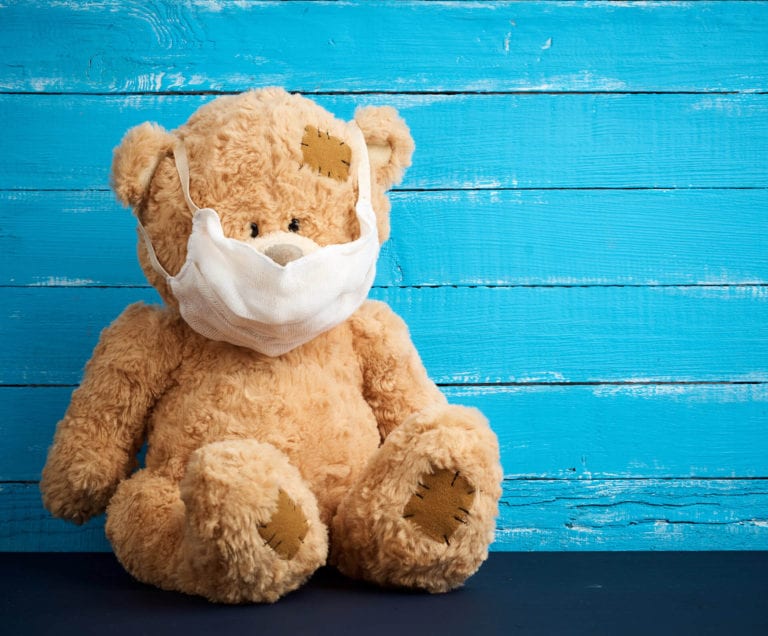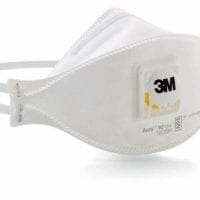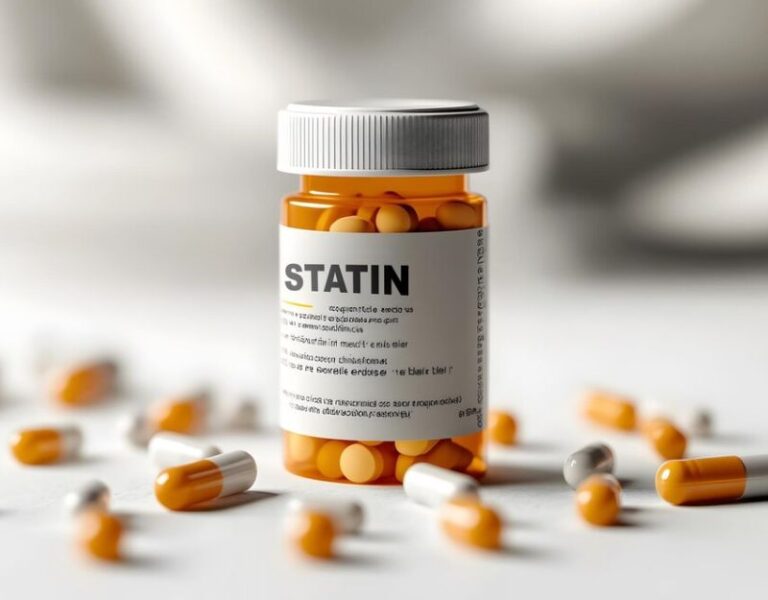As the country braces for the spread of the coronavirus, public health officials advise that we do not panic but instead focus on being prepared. Wearing the N95 Particulate Respirator is one method to protect oneself against airborne particles and any liquids which may contaminate the face. With small pores and a tight frame forming a seal around your nose and mouth, the N95 blocks up to 95% of airborne particles (0.3 microns). However, it is important to understand that wearing this respirator is one of many interventions needed to prevent transmission. Additionally, because of the very limited supply of the respirator, the Centers for Disease Control and Prevention (CDC) only highly recommends the respirator for people who are ill, providing care for an ill person, or working in a healthcare setting. They also recommend you to consider alternative mask types to conserve the supply (i.e surgical masks).
Nonetheless, If you decide to purchase the respirator you must consider the following guidelines:
- DO try to dispose of the respirator after 8 hours of continuous or intermittent use. However, if reuse is needed, definitely discard of it after every encounter with anyone who is ill, if it becomes damaged, or if it no longer forms a proper seal around your face.
- Do remove the respirator by touching only the straps. Pull the bottom strap over the back of your head followed by the top strap while keeping your head tilted forward.
- DO wash your hands with soap and water or use hand sanitizer (containing at least 70% alcohol) before and after touching or adjusting the respirator.
- DO avoid touching the inside of the respirator. If you do, wash your hands immediately.
- DO check the respirator’s seal every time you wear it to ensure proper fit.
- DO check the respirator’s seal every time you wear it to ensure proper fit.
- Don’t share the respirator with anyone else to avoid secondary exposure.
- Don’t dispose of a contaminated respirator with the rest of the waste in your household. Instead, use a separate container.
- Don’t leave the respirator hanging around your neck.








